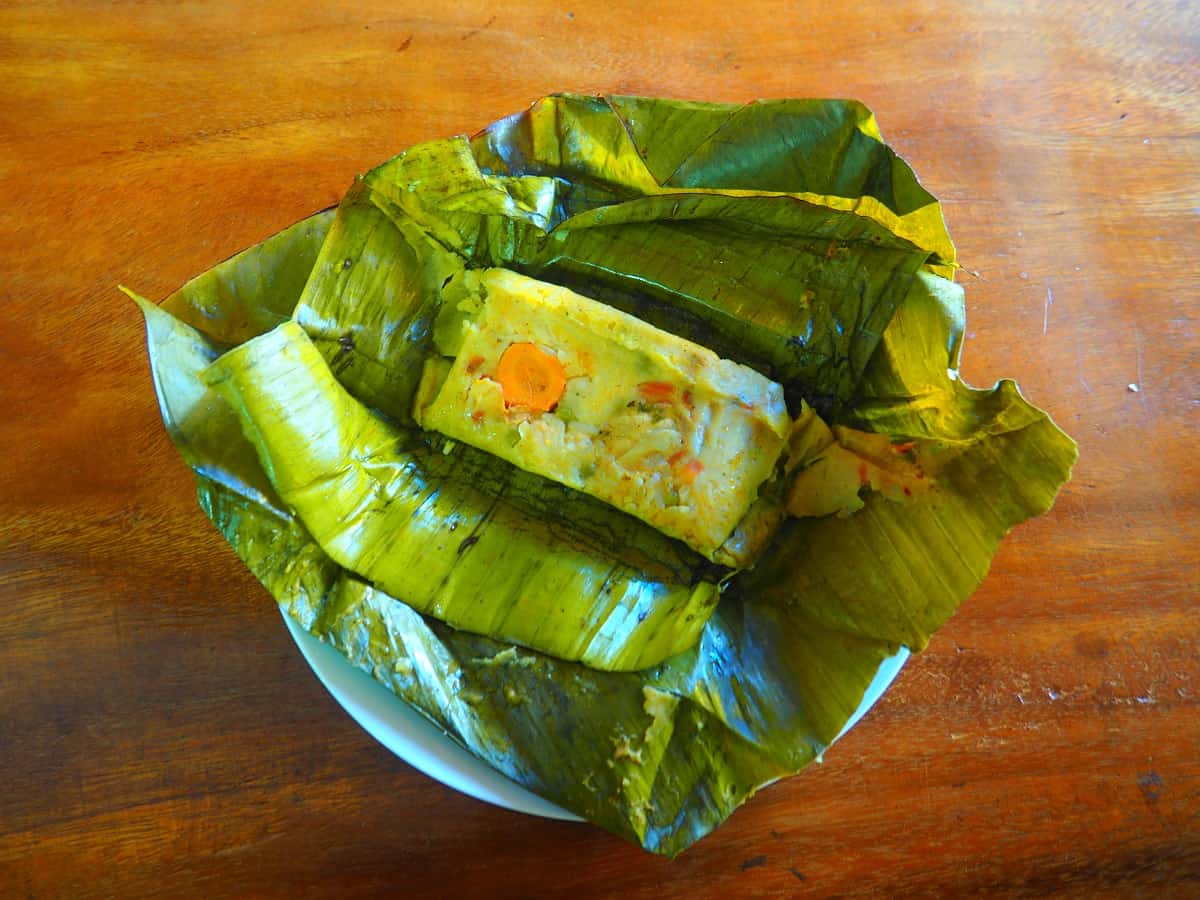If you’re Costa Rican, then you have likely spent at least part of every Christmas season in the company of your entire extended family making tamales. The process can take days, but it ends with a a giant pot of banana wrapped tamales that last the whole Christmas season.
For those lacking a Costa Rican grandmother or the patience to wait until December, there is Antojitos de Maíz, a restaurant in San Isidro de El General completely dedicated to corn.
The restaurant’s tamales are such a hit that local hotel Monte Azul has begun sending its guests over for cooking classes. So, with the illusion that we would soon be professional tamale chefs, two Tico Times reporters headed to Antojitos for a crash course in tamale-making. It turns out, that there is a good reason Costa Ricans only make tamales once a year. But if you happen to have hours of free time, there are few Tico dishes as delicious as homemade tamales.
Step 1: Preparation and ingredients
Making tamales is labor intensive, with each ingredient encompassing an entire meal in itself. To speed up the process, we were greeted in the Antojitos kitchen with bowls of pre-cut and pre-cooked ingredients, but to make your own tamales you first need to prepare the filling. We used a spicy chicken filling in our tamales, but there are other meat and vegetarian variations.
- Dried corn or masa mix
- Skinned potatoes
- Square-cut plantain leaves
- String
- A stove or bonfire
- A large pot for boiling
Step 2: Making the masa
Making up the corn part of the tamale is masa, the spongy outer layer over the filling. Traditionally masa is made by manually grinding up dried rice kernels and mixing the resulting powder with water.
Once everything is cooked, it’s time to actually assemble the tamales using the plantain leaves and string. Spread a plantain leaf onto a counter and scoop two or three ladles full of masa into the leaf’s center.
Gather your tiny plantain leaf packages and transfer them into a pot of water for boiling. Be sure to leave the pot covered in order to steam the tamales. Boiling time will vary depending on the number of tamales.
Step 5: Enjoy!
Usually you let the tamales cool before eating them to give them time to take shape, but we just couldn’t wait and ate our tamales mushy and hot.
Article author is Lindsay Fendt






